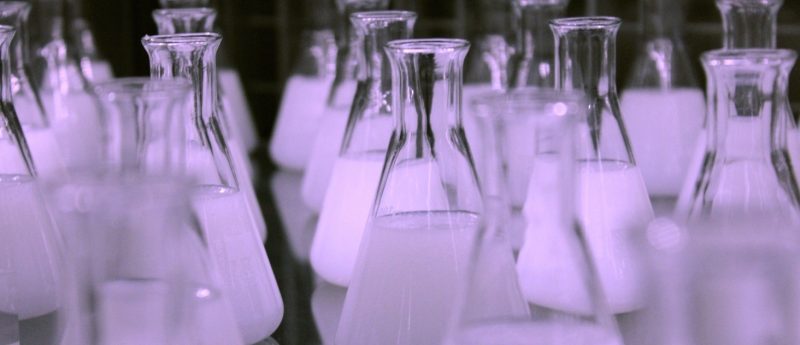Defining naive human stem cells

Researchers hope molecular tests may provide a benchmark for future protocols.
Over recent years, much research has focused on developing molecular cocktails capable of reverting adult cells into induced pluripotent stem cells (iPSCs), in addition to the culture of stem cell lines directly from embryos (ESCs). New methods are now being developed in order to coax primed ESCs back into naive stem cell states, as found in pre-implantation embryos. If reliable methods of naive stem cell generation were developed, it could be a great opportunity for both basic and clinical research, with potential in tissue growth and organ replacement.
In light of these recent advances, study author Rudolf Jaenisch (Whitehead Institute for Biomedical Research and Massachusetts Institute of Technology, both MA, USA) explained the reasoning for his group’s work, stating: “in our opinion, most of the published protocols to generate so-called naive stem cells are not convincing because they produce cells that are very much like the starting cells–there’s not much difference in gene expression.”
To examine the success of naive stem cell induction protocols, Jaenisch and colleagues performed a series of molecular tests comparing primed cells with ESCs which had been exposed to factors thought to induce naivety. Three main tests were observed to be most effective at distinguishing naïve stem cells from other cells: expression levels of transposons; methylation levels; and state of X chromosomes in naive cells of female embryos.
When these three tests were used to assess current methods for naive stem cell generation, none were found to mimic true naive embryonic cells in every way. The study’s co-first author Thorold Teunissen (Whitehead Institute for Biomedical Research) summarized: “our work provides a rigorous set of criteria for comparing naive human stem cells with their counterparts in the early human embryo. Previous studies mainly relied on comparisons with mouse stem cells, which are highly divergent from human.” The group hope that their criteria can now be adopted by other researchers to better judge their methods and cell lines.
— Written by Hannah Wilson
Source: www.salk.edu/news-release/gauging-stem-cells-for-regenerative-medicine/